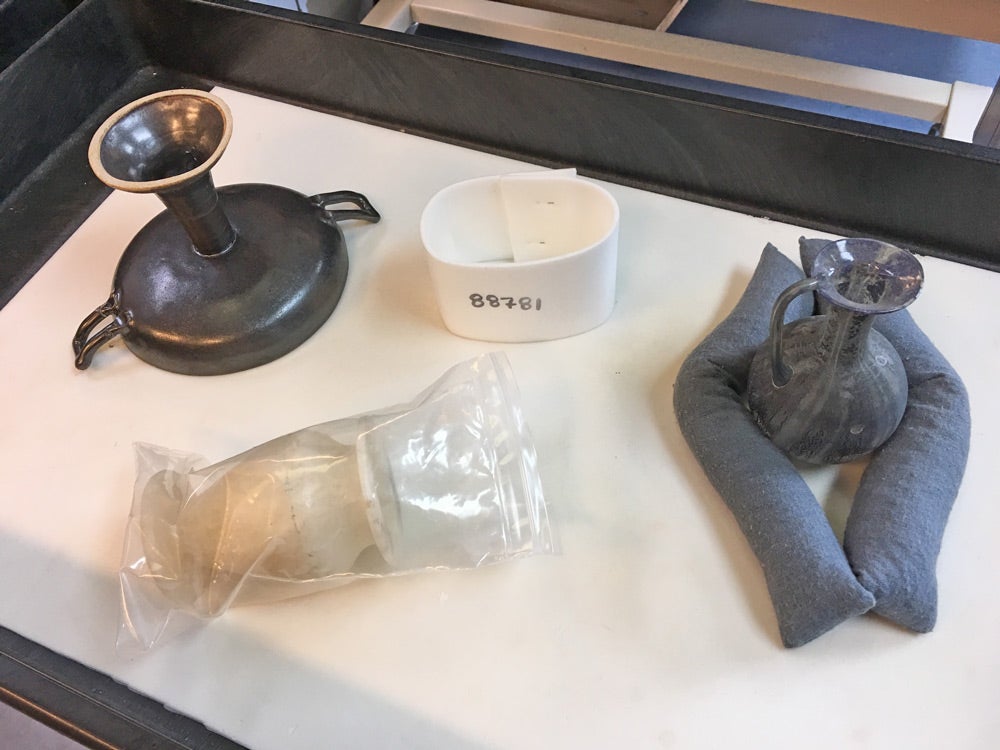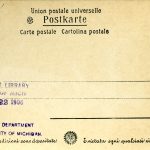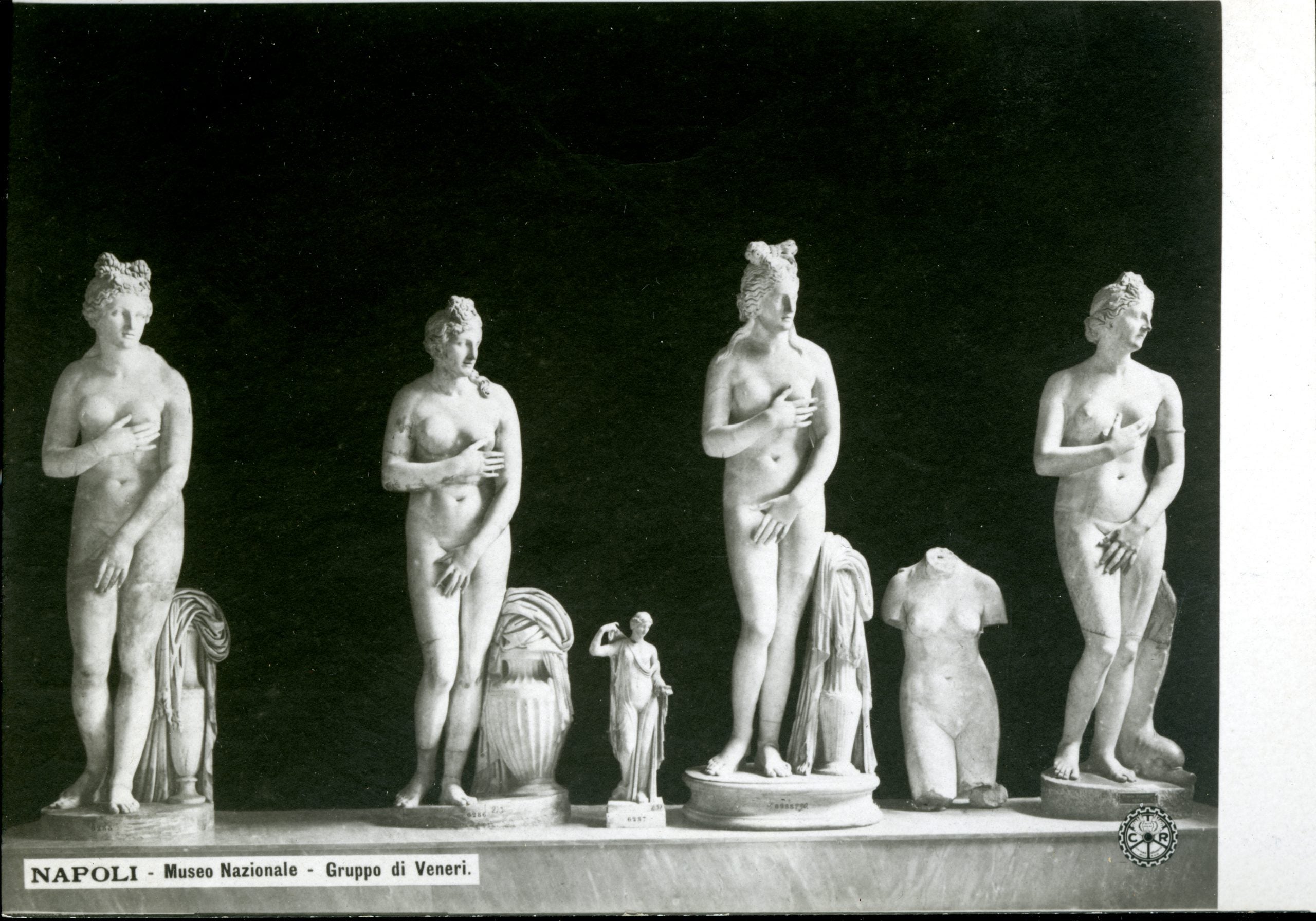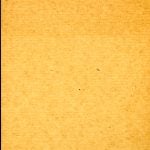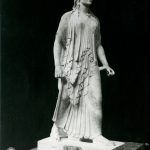From the Archives #50
By Sebastián Encina, Collections Manager
Thanks to the efforts of Dr. Cathy Person, along with the work of conservators Suzanne Davis and Caroline Roberts and registrar Michelle Fontenot, the Kelsey Museum has kept rather busy over the last few years with class visits to the Museum. Every semester, hundreds of students come through to view our displays, speak with the staff, and learn about museum work. On top of that, the Kelsey Museum provides an added benefit to students: the opportunity to handle ancient artifacts associated with their classes. Students and instructors from Classics, History of Art, Middle East Studies, English, History, German, and a slew of other departments are routinely visiting and getting to work with our collections. This likely would have made Francis Kelsey happy, as he began collecting in order to give students the opportunity to see firsthand the items that they were reading about in their books.
The students who get to work with artifacts have the distinct pleasure of handling some rare artifacts, and some very old ones as well. The Kelsey brings out ceramics such as ancient Greek and Roman amphorae, fish plates, and kylikes, textiles, mold-made figurines and lamps, papyri, cartonnage mummy masks, stelae, Latin inscriptions, glass vessels, amulets, and many coins, among many other types of artifacts. The items are chosen for specific classes, so students can better grasp the lessons being taught.
More and more, the Kelsey is also making its archives available for these classes as well. For this month’s “From the Archives,” we present a selection of archival photographs that were used for instruction during the past year. In this group, we see photographs from Egypt, Italy, and Greece. Created by three photographers — George R. Swain, Easton T. Kelsey, and an unidentified photographer — the images show various aspects of archaeology: artifact remains, architecture, landscape, as well as the human toll of disaster.
Photos 5.1790 and 5.3342, both taken by Swain, give the viewer a glimpse of finds from Karanis, Egypt. These are often used to demonstrate how people in Karanis, as elsewhere in the world and through time, would hoard and hide their belongings. 5.1790 shows letters written on papyri hidden underneath a threshold. Image 5.3342 shows a pot that contained a hoard of coins. Perhaps the person who hid it intended to return and collect the coins for later use.

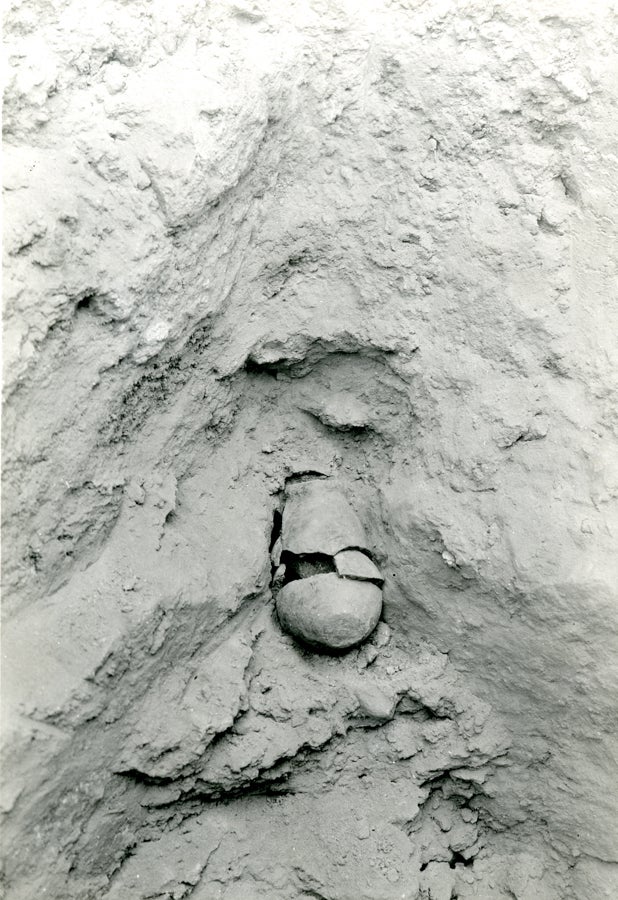
Photograph 2003.05.0014 was taken by a professional photographer, probably as part of a series that could be sold as a souvenir. These photo collections (Views of Italy, Views of Egypt, etc.) were common in the 1800s, when traveling was not as easy as it is today. This particular photograph demonstrates the destruction and devastation wrought by Mt. Vesuvius when it erupted in 79 AD and covered various cities in towns in southern Italy, including Pompeii, where this photograph was created.
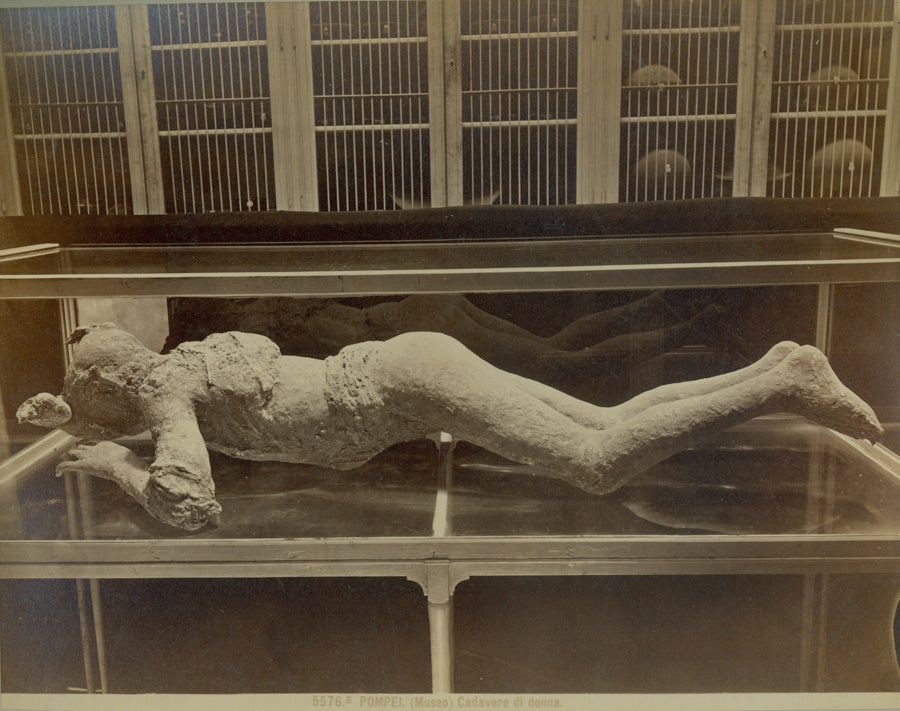
KK267 and KS209.02 are views of Athens and the Acropolis. They were taken by Easton Kelsey, son of Francis Kelsey, and George Swain, respectively, in the 1920s.
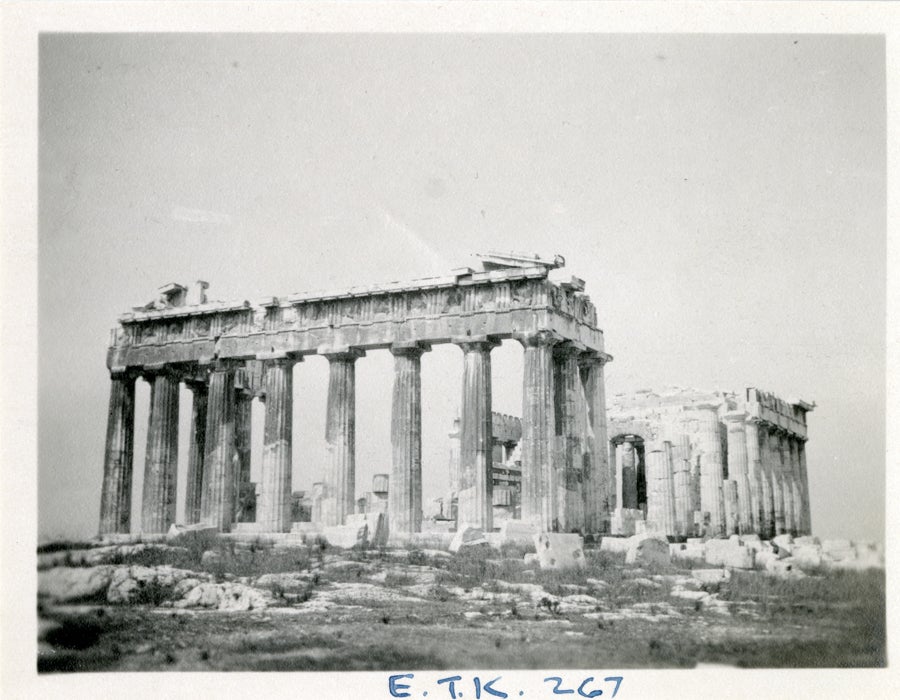
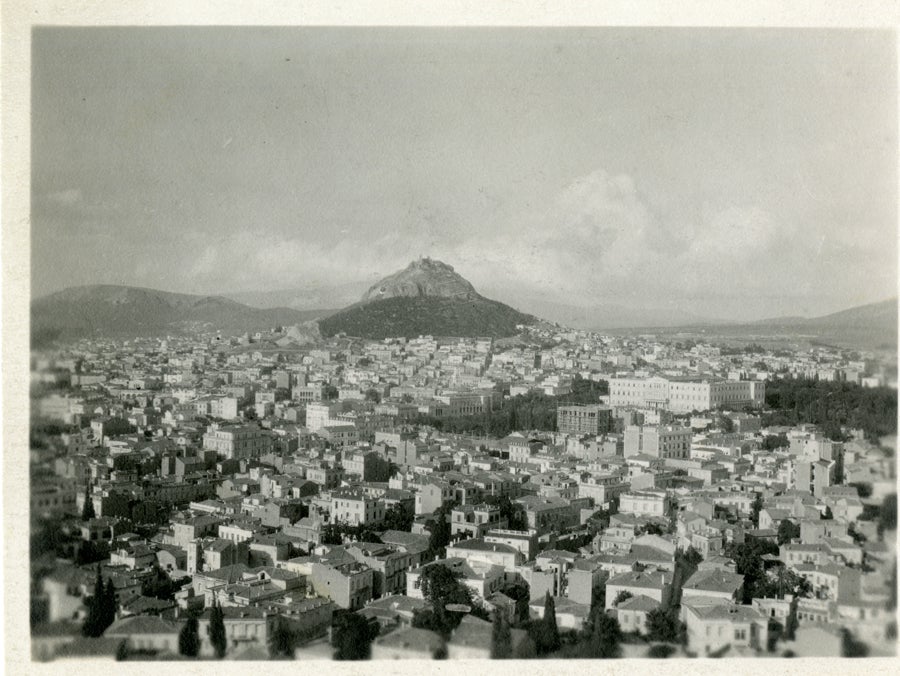
The Kelsey Museum provides opportunities for students and other visitors to see not only artifacts, but also the papers, maps, and photographs we also care for. These materials are here for study, as research is not artifact-based only. We have hosted a number of classes that have looked at non-artifact collections, and we expect more to come in the future. Those students will have a deeper experience as a result.
From the Archives #50 Read More »


